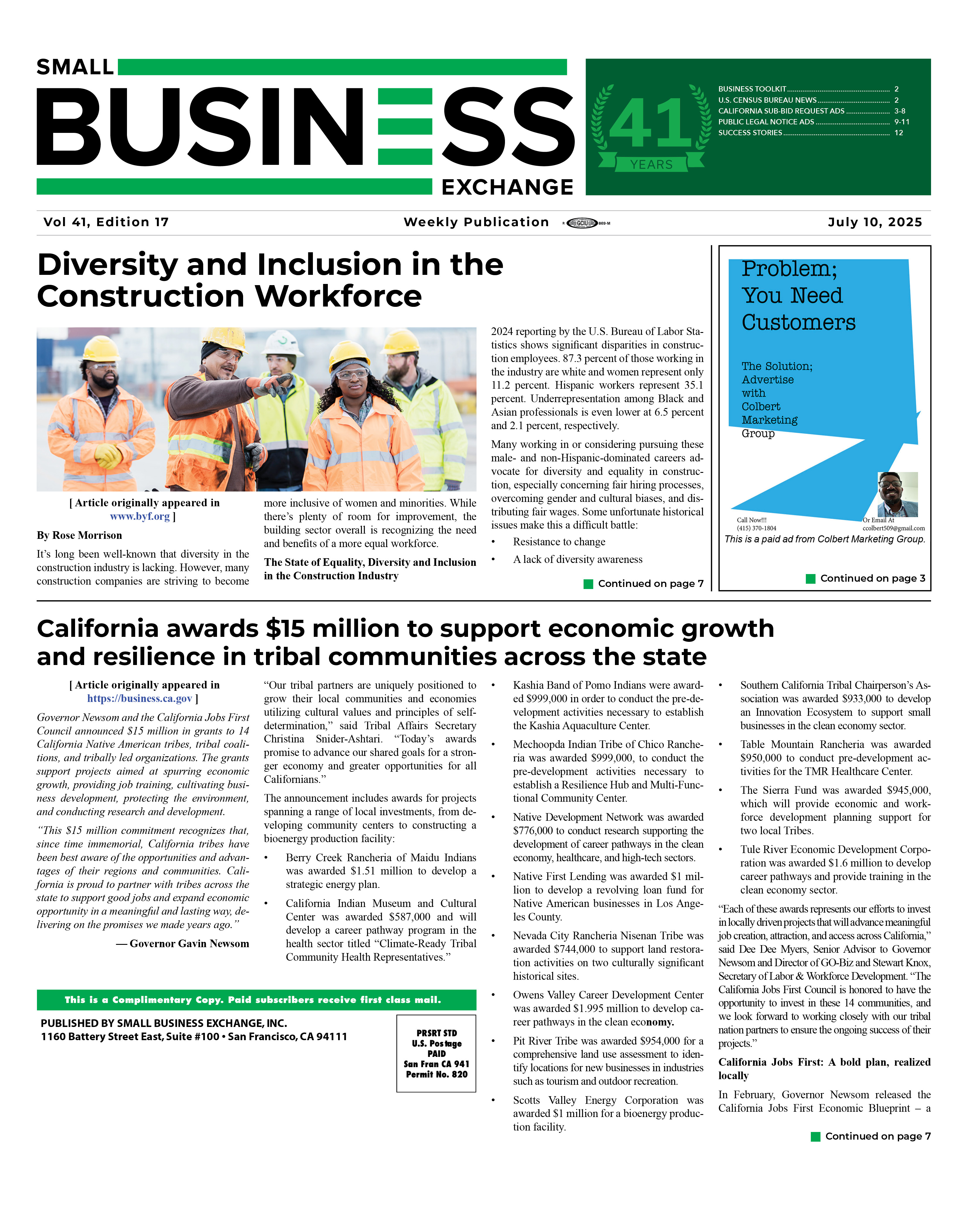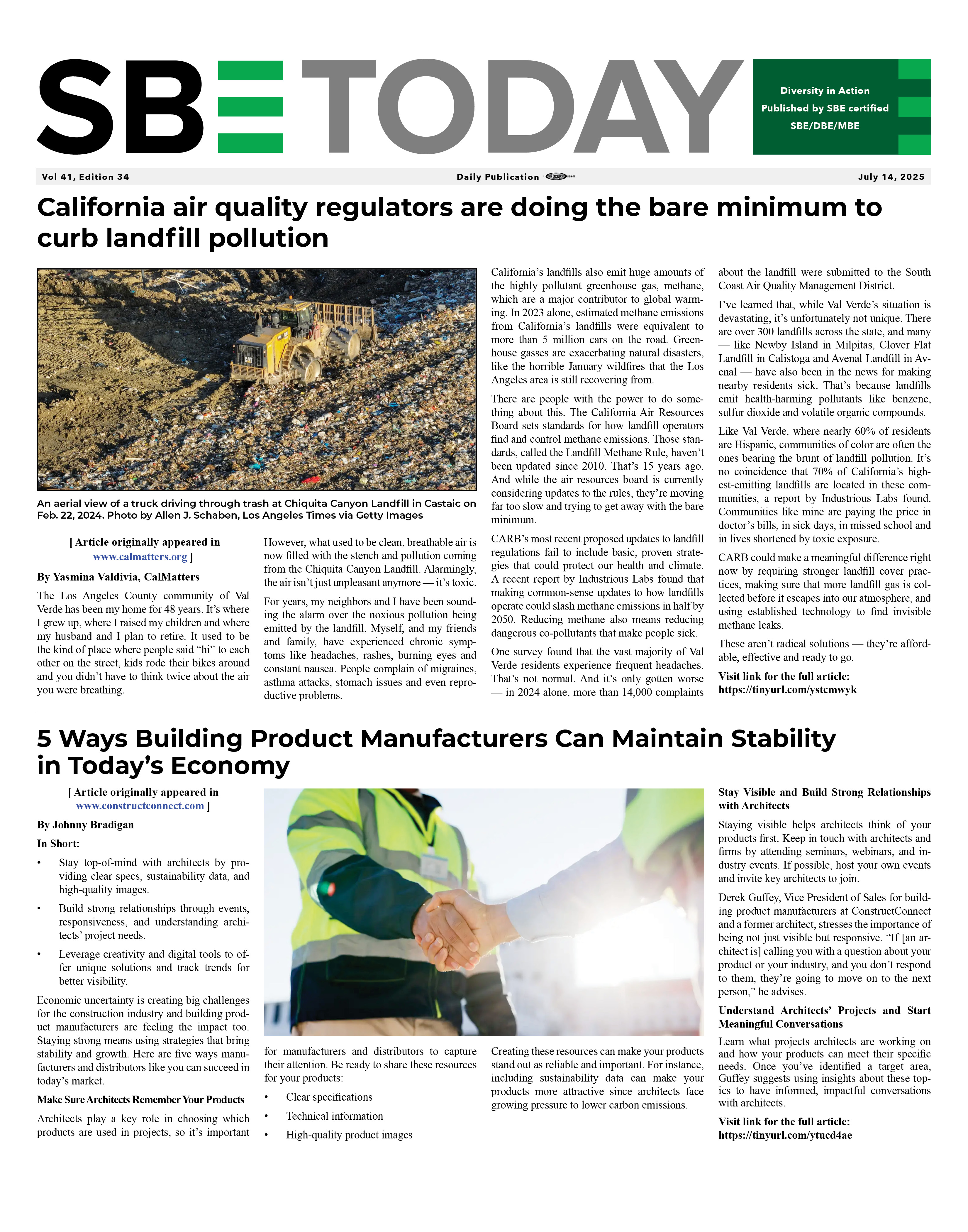|
|
The Inflation Reduction Act: A Path Forward for Real Solutions
10/14/2022
[ Article originally appeared in https://greenlining.org ] Environmental inequalities resulting from racist water, housing, and urban planning policies aren’t new. The ongoing water infrastructure crisis in Jackson, Mississippi that has rendered 150,000 mostly Black residents without access to safe water recalls the Flint, Michigan water crisis that first made headlines in 2014 and continues to impact the mostly Black residents living there today. As climate change reveals the historical failures of local, state, and federal governments to adequately invest in the resilience and safety of low income people of color, it’s clear that our climate initiatives going forward must prioritize equity if we are to right these wrongs, and create a better future for our communities.
As communities everywhere, but especially low-income communities of color that disproportionately bear the impacts of pollution and climate change, deal with worsening climate-related catastrophes, the IRA offers significant and urgently needed solutions including:
How we got hereFederal action from the U.S.-the largest historical contributor to emissions in the world-is both overdue and essential. But because of the partisan politics around climate change, the IRA stops short of the bold climate measures and care infrastructure the Biden Administration initially proposed in the scuttled Build Back Better bill. The trade-offs and compromises that led up to the passage of the IRA meant that measures that run contrary to our climate goals-namely, the expansion of harmful fossil fuel developments-ended up in the original deal to pass the IRA. However, thanks to pressure from outside advocates, Congress came together in a rare and helpful moment of alignment to oppose a separate side deal that would have included the worst of these measures. While this is good news for now, we will continue to need bipartisan leadership and support to ensure future federal action moves us closer to achieving our climate goals and environmental justice. Where we go from hereThere are three important things to remember moving forward.
In our work at The Greenlining Institute, we bridge the gap between policymaker agendas and community priorities. From this, we’ve learned that there are critical “ingredients” for equity that must be baked into implementation to ensure benefits meaningfully reach those that need them most. Some of these ingredients include:
If we don’t prioritize racial equity as the foundation of distributing funding, we run the risk of perpetuating the harms of the status quo with most of the funding going to those who already have the capacity to apply for those grants, such as wealthier cities and well funded NGOs. We know that without an effective community outreach plan and accessible technical assistance, many people that could benefit from these resources can go unaware of their existence. Building lasting capacity within communities to apply for funding and implement projects is essential.
We have a huge opportunity to use this significant funding to meaningfully deliver the economic, environmental, and health benefits of the clean energy transition for communities that are most affected by pollution and poverty. Back To News |
|





